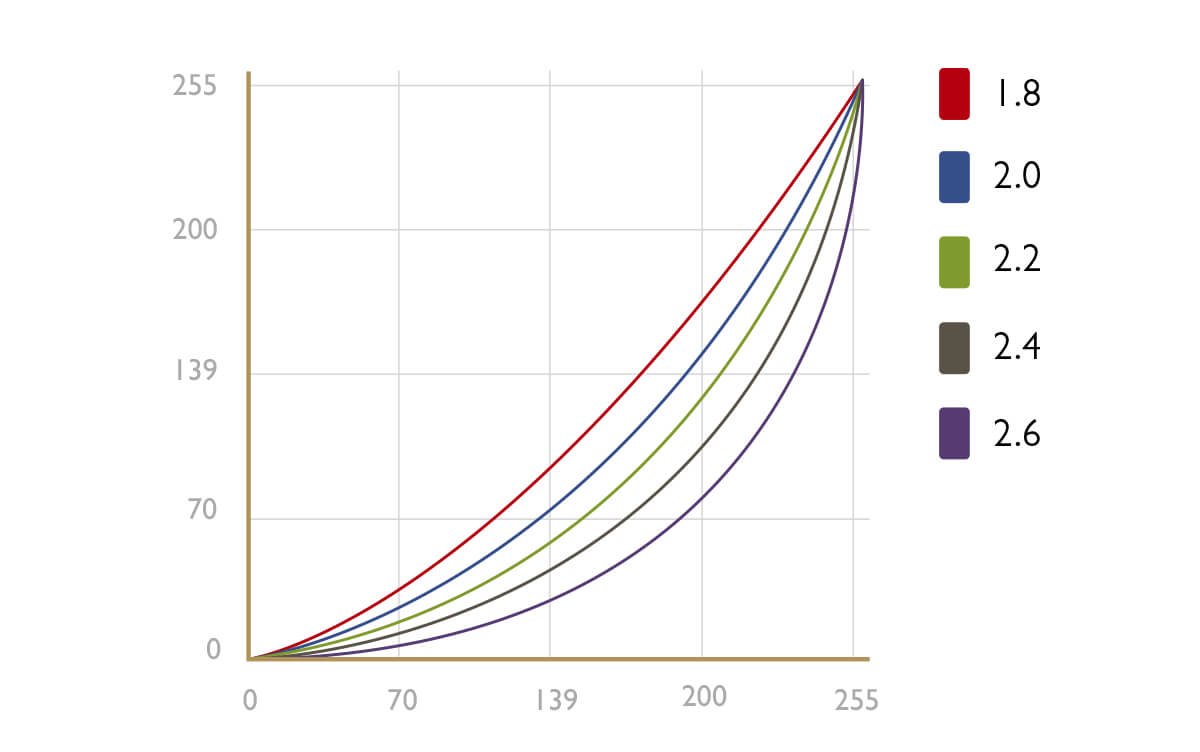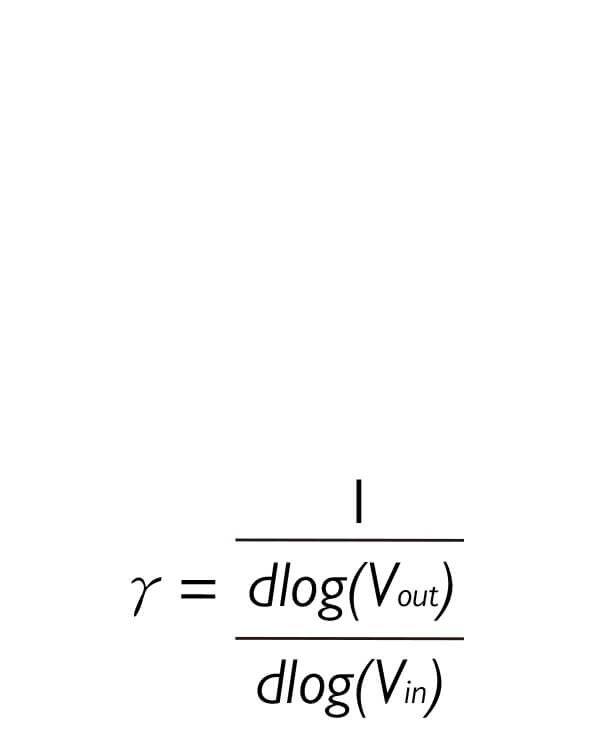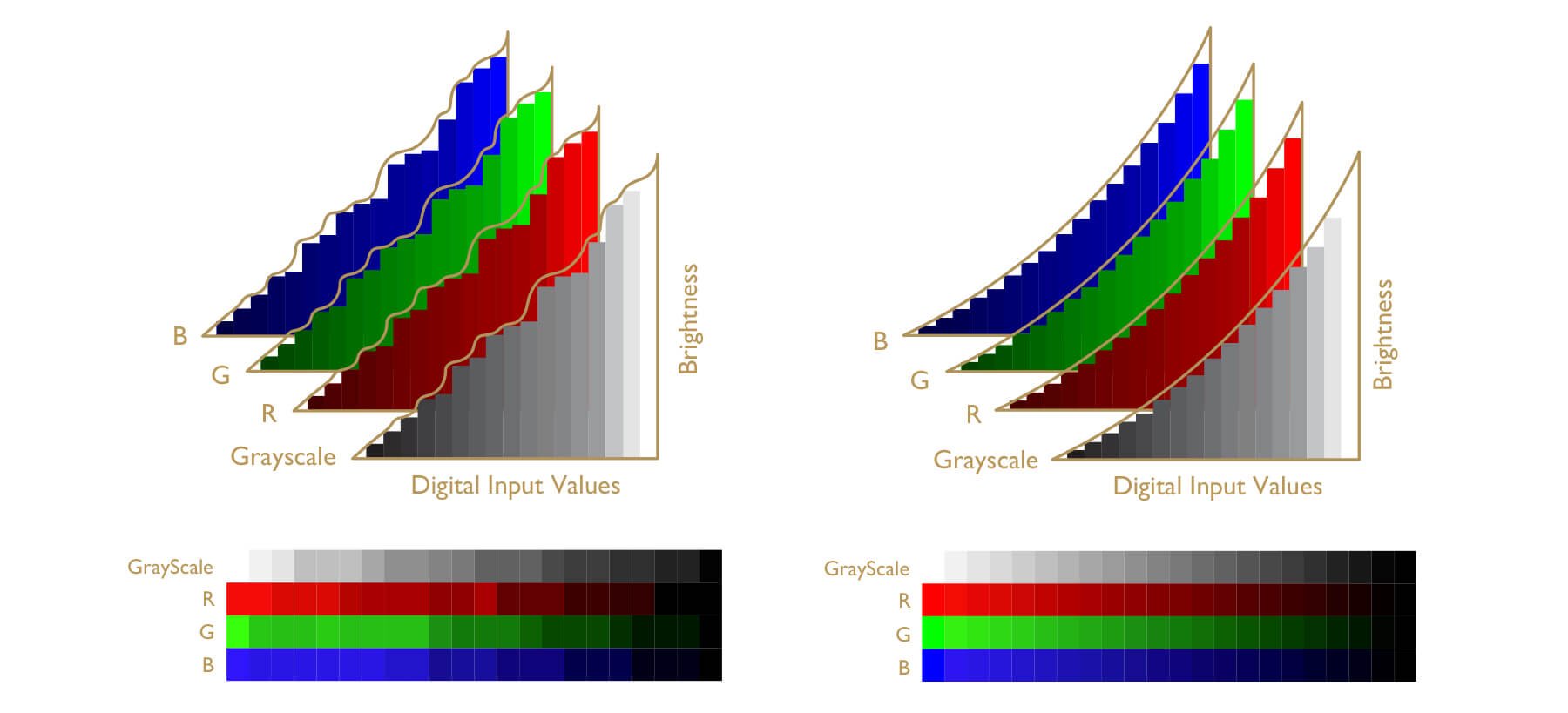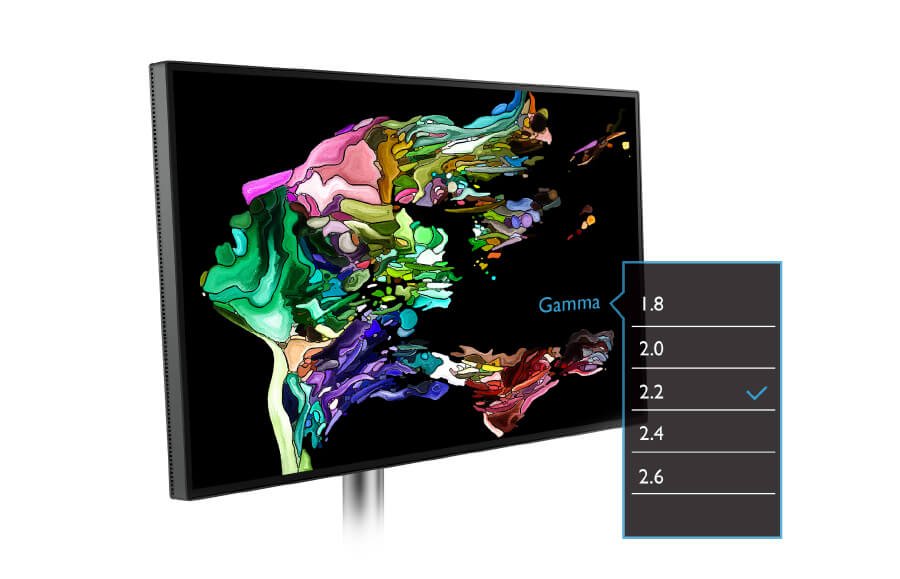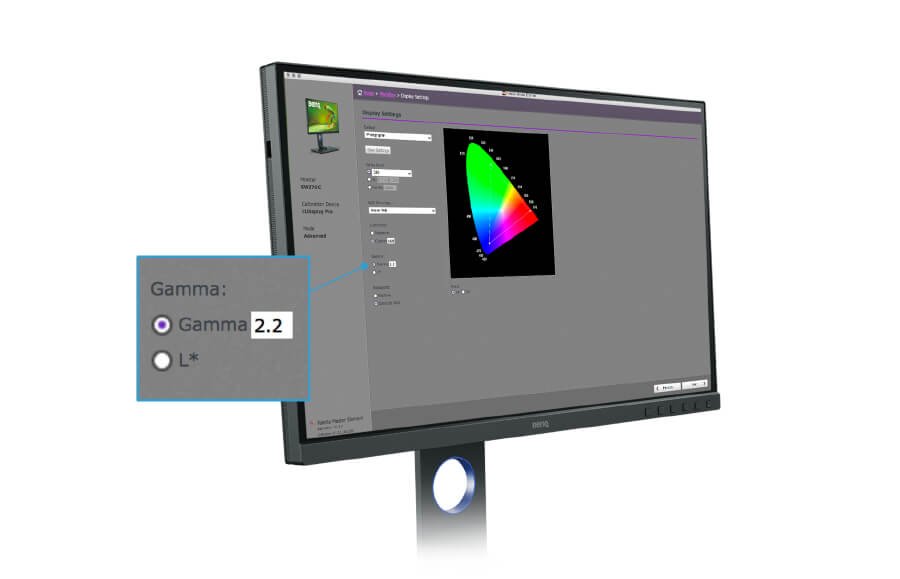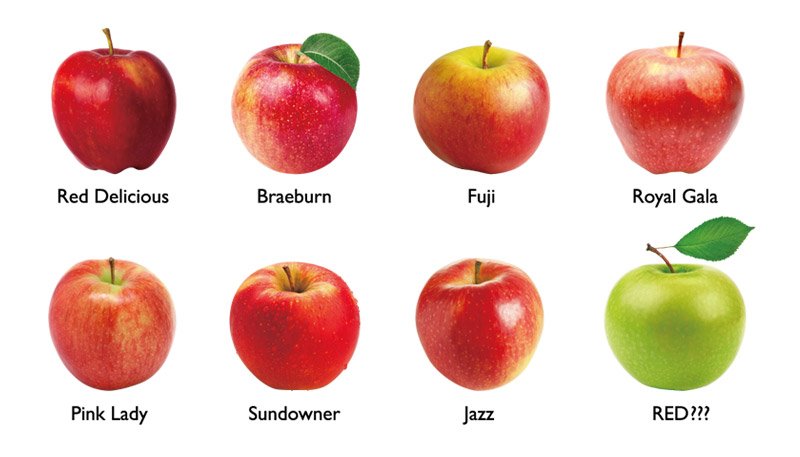Another way of adjusting the gamma curve on SW series monitors is to utilize BenQ proprietary calibration software, Palette Master Element. Connecting with an external calibrator, such as X-rite i1 Display Pro, i1 Pro 2, or a Datacolor Spyder 5, you can simply select the gamma curve you would like in Advanced Mode. Following the instructions on the screen, after completing the calibration, you can be sure your gamma curve is ready for you to use in Calibration 1, 2, or 3. It is as simple as that. This is the preferred method to adjust your gamma curve if you have one of our SW series monitors.
